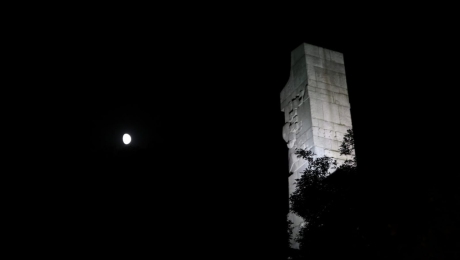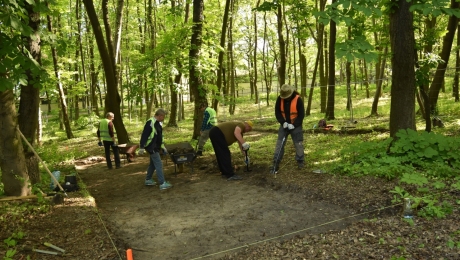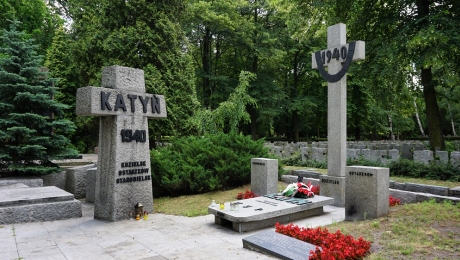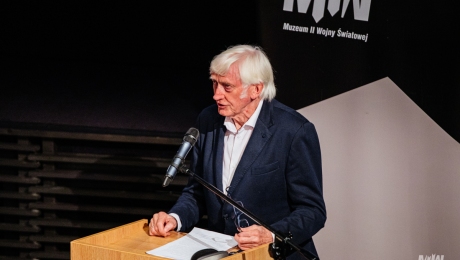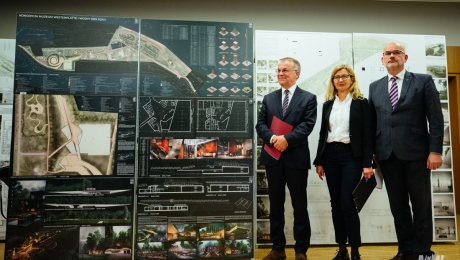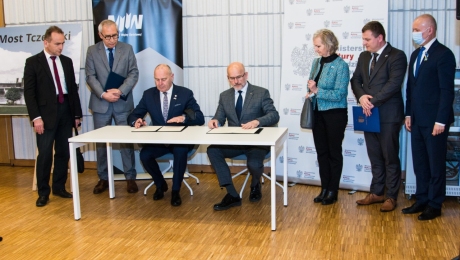Aktualności
During this year's edition of the European Night of Museums, we prepared activities for you at the Museum of the Second World War in Gdańsk, as well as at Westerplatte, where we invited you to uncover unknown secrets of the peninsula.
As part of the XI stage of work on Westerplatte, from May 10th, 2024, for the next six months, archaeologists from the Museum of the Second World War in Gdańsk (MSWW) will be uncovering the secrets still hidden beneath the peninsula's soil.
On May 8th, 2024, seven years after its removal for political reasons, the closing film of the entire exhibition returned to the main exhibition. The poignant five-minute documentary, created by Mateusz Subieta, focuses on the most significant events following World War II.
We would like to inform you that the only legitimate source for purchasing tickets to the Museum of the Second World War in Gdansk is our official museum website: bilety.muzeum1939.pl.
The genocide in the Katyn Forests, carried out just a few months after the outbreak of World War II, became indicative of the Soviet state’s true intentions towards Poland. The hidden collusion between Hitler and Stalin led to the tragic extermination of the Polish elite.
As of April 2nd, 2024, Prof. Dr. Hab. Rafał Wnuk has taken over as Acting Director of the Museum of the Second World War in Gdańsk. The team now includes Dr. Janusz Marszalec and Engineer Ewa Lidzbarska-Kreft, among others.
Professor Richard Overy’s lecture on 19 June 2023, given during the promotion of the Arithmetic of War. The battles of the Second World War in 15 infographics, highlights the contribution of the Poles in the final victory over the Third Reich and emphasised the book’s importance in promoting knowledge on this subject.
On October 31st, a press conference was held at the Museum of the Second World War in Gdańsk, where the results of the ‘Two-Stage Implementation of the Architectural and Urban Design Competition for the Development of the Design Concept of the Westerplatte and the War of 1939 Museum – Branch of the Museum of the Second World War in Gdańs
Today, on March 26th, thanks to many years of efforts and the involvement of many parties, an agreement on cooperation between the Museum of the Second World War in Gdańsk and the Tczew Regional County Authority w












